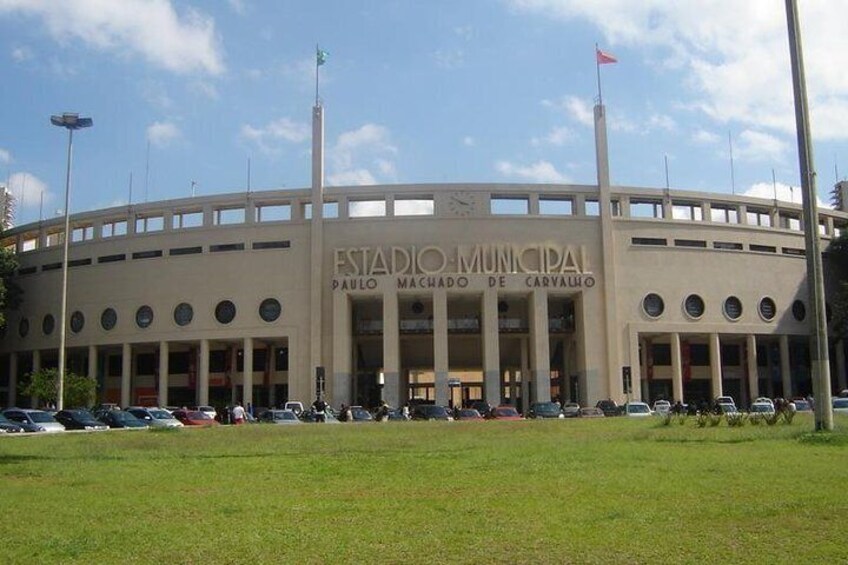




Private São Paulo Stopover Tour from GRU Int. Airport and CGH Airport
By Salt and City Tours
9.8 out of 10
Exceptional
Free cancellation available
Features
Overview
Activity location
Meeting/Redemption Point
Check availability
Private São Paulo Stopover Tour from GRU Int. Airport and CGH Airport
Pickup included
Price details
AU$279.76 x 2 AdultsAU$559.52
Total
What's included, what's not
Know before you book
- Wheelchair accessible
- Specialised infant seats are available
- Infants and small children can ride in a pram or stroller
- Public transport options are available nearby
- Transport options are wheelchair accessible
- All areas and surfaces are wheelchair accessible
- Suitable for all physical fitness levels
- Children must be accompanied by an adult
- May be operated by a multi-lingual guide
- A minimum of 2 people per booking is required
Activity itinerary
Location
Activity location
Meeting/Redemption Point
Best Deals on Things to Do
Experience the wonders of the world up close with great deals on things to do near and far. Expedia offers one-of-a-kind activities that allow you to explore Sao Paulo your way. Whether you love nature, culture, food or a bit of adventure, we have the perfect activity for you.
Top experiences in Sao Paulo
With so many activities in Sao Paulo, planning the perfect day out may seem like a daunting task. Expedia is here to take the hassle out of finding the best attractions, tours and activities in Sao Paulo. Families, couples and business travellers can all find the perfect activity in Sao Paulo to create life-long memories with the help of Expedia.